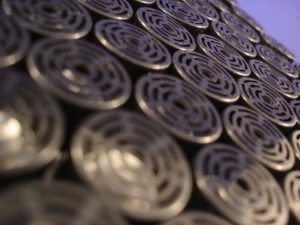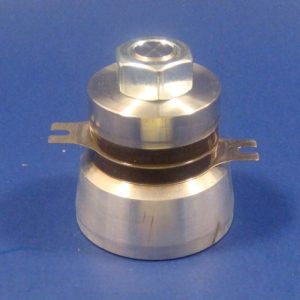Transducer Parts & Functions
While many materials can show the piezoelectric effect, the best ones must also possess at least a few of the most desirable qualities. Such characteristics include consistent stability, high output, malleability and resistance to extreme temperatures and humidity. That said, no known material exhibits all of those qualities simultaneously.
Originally, crystals made from quartz took hold as the primary material for piezoelectric crystal transducers. Quartz offers superior stability and slow measuring at varying parameters due to low leakage rates, which means it can provide excellent accuracy — hence why watches most often use them. While they’re still in widespread use, quartz also yields a rather low output, meaning it can’t keep up adequately with demands of more sophisticated technology.
In the early 1950s, quartz crystals began to give way to piezoelectric ceramic as the primary transducer material. The advantages offered by a ceramic transducer when compared to other materials include ceramic’s ability to be manufactured in a wide variety of shapes and sizes, its capability of operating efficiently at low voltage, and its ability to function at temperatures up to 300 degrees Celsius.
Shop Transducers



